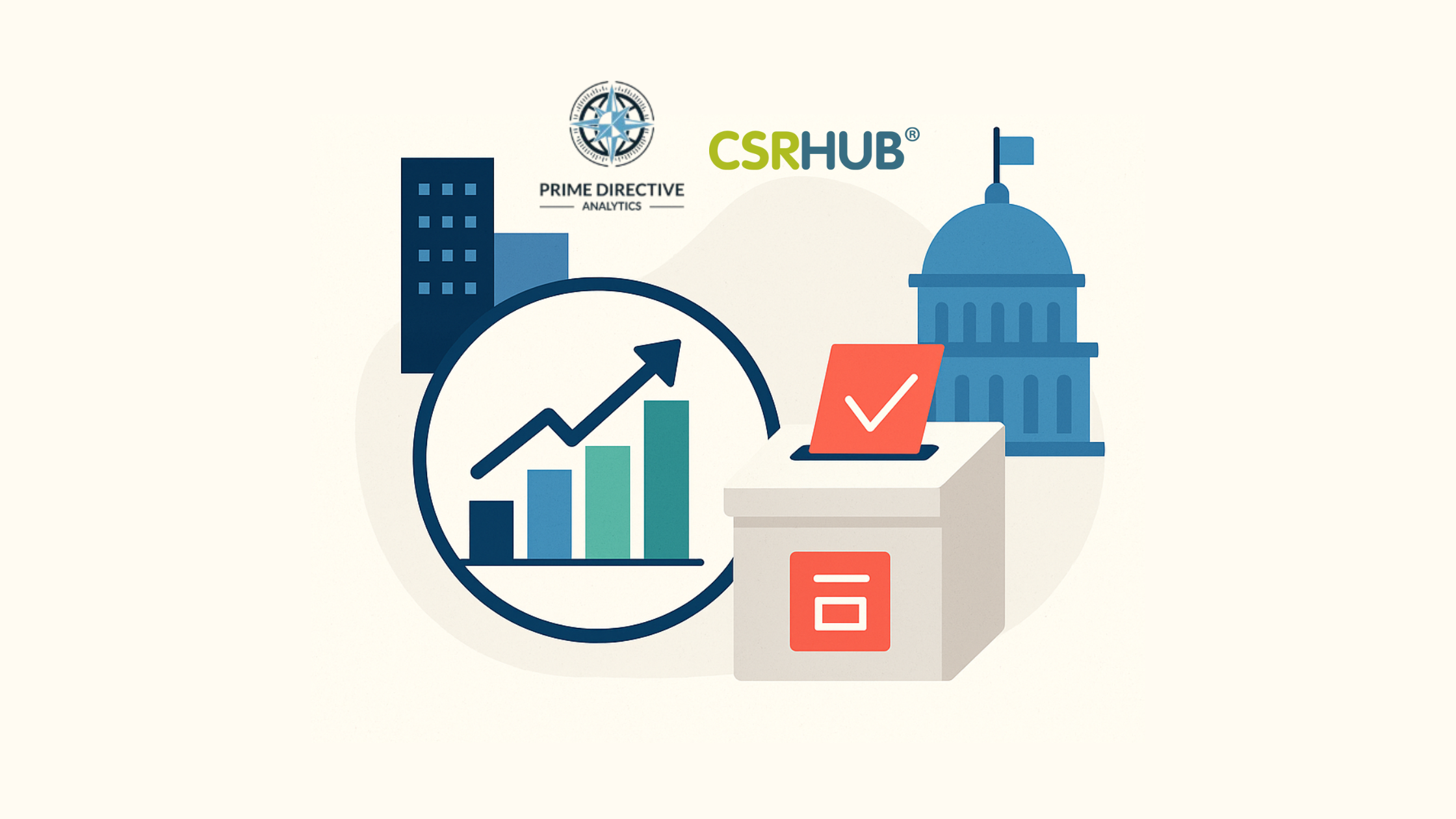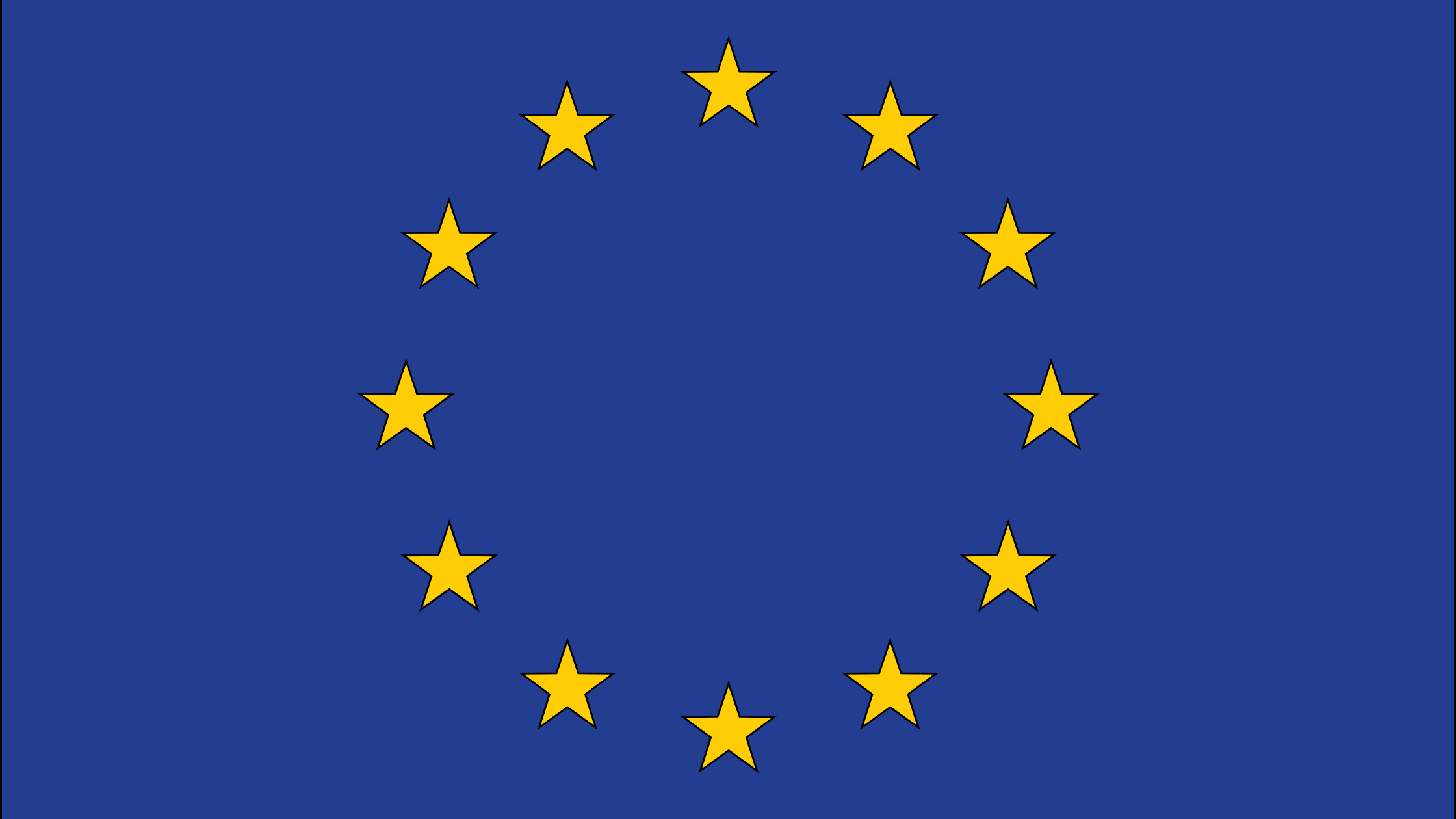By Bahar Gidwani
The folks at BigRoom have worked for a couple of years on a side project (their main goal is to launch an .ECO suffix for the Internet). They are trying to capture, document, and categorize the various green, eco, and sustainability-oriented certification programs. So far, they’ve found more than 300.
Some are pretty well known. For instance, the Department of Energy and the EPA combined in 1992 to launch their Energy Star ratings. They now put Energy Star ratings on appliances, building supplies, and homes. Underwriters Laboratories—which is famous for its hugely-respected safety ratings—also offers UL Environment (ULE) certificates. The Forest Stewardship Council has gotten a lot of wood and paper manufacturers to make the changes needed to earn its FSC certificate. And buildings that conform to the US Building Council’s LEED standard get a lot of attention both from their owners and from those who work in the buildings—and seem to enjoy them.
Certification is also becoming part of supply chain management. Manufacturers (like Procter & Gamble and Seventh Generation) want to ensure that their suppliers are well-behaved. Retailers (like WalMart and Home Depot) need to be sure that the products they sell are socially responsible. These companies are sending out surveys and asking for data on carbon use, chemical emissions, and labor practices. Suppliers are hoping that getting approved in one program will turn into a credential they can use to get passes from other programs.
 Of course, it is hard to know how far to trust certificates. How can a consumer know whether or not the wood in a chair really came from a sustainably harvested tree? How can we know that the chair wasn’t made using child labor or that the varnish on it didn’t pollute the water in the community where it was made? How do we know that the drivers who transported our chair were properly trained and that their pensions and health care are adequate? Can we be sure that the store we bought the chair in didn’t just stick a fake certificate on it?
Of course, it is hard to know how far to trust certificates. How can a consumer know whether or not the wood in a chair really came from a sustainably harvested tree? How can we know that the chair wasn’t made using child labor or that the varnish on it didn’t pollute the water in the community where it was made? How do we know that the drivers who transported our chair were properly trained and that their pensions and health care are adequate? Can we be sure that the store we bought the chair in didn’t just stick a fake certificate on it?
The fact that most certification programs rely on self-reported data can make things worse. Some suggest that a third party, like a consultant or an accounting firm, verify this data. But there is obvious pressure on these third parties to give favorable rulings. In most certification programs, there is no central repository of the data that has been collected. Thus, there is no easy way to cross check the data, either at a top level or in detail.
There are a few independent organizations that do their own testing and rating of products. For instance, the Eco Index is tracking 377 eco labels in 211 countries and trying to put together a supply-side view of product sustainability. ULE is working on an ambitious plan to integrate rigorous third party review of sustainability information into a standard called ULE880. We are also seeing people use our ratings as a high-level way to test whether or not a company is likely to be telling the truth, when it claims to be performing responsibly and sustainably.
In the end, certification systems need the same kind of independent audit process that financial statements receive—plus the same external review and criticism that financial statements are supposed to get from investors and analysts. We hope that our CSRHUB ratings may eventually become part of this feedback loop.
Bahar Gidwani is a Cofounder and CEO of CSRHUB. Formerly, he was the CEO of New York-based Index Stock Imagery, Inc, from 1991 through its sale in 2006. He has built and run large technology-based businesses and has experience building a multi-million visitor Web site. Bahar holds a CFA, was a partner at Kidder, Peabody & Co., and worked at McKinsey & Co. Bahar has consulted to both large companies such as Citibank, GE, and Acxiom and a number of smaller software and Web-based companies. He has an MBA (Baker Scholar) from Harvard Business School and a BS in Astronomy and Physics (magna cum laude) from Amherst College. Bahar races sailboats, plays competitive bridge, and is based in New York City.
Photo inset: Creative Commons licensed by joiseeshowaa.


